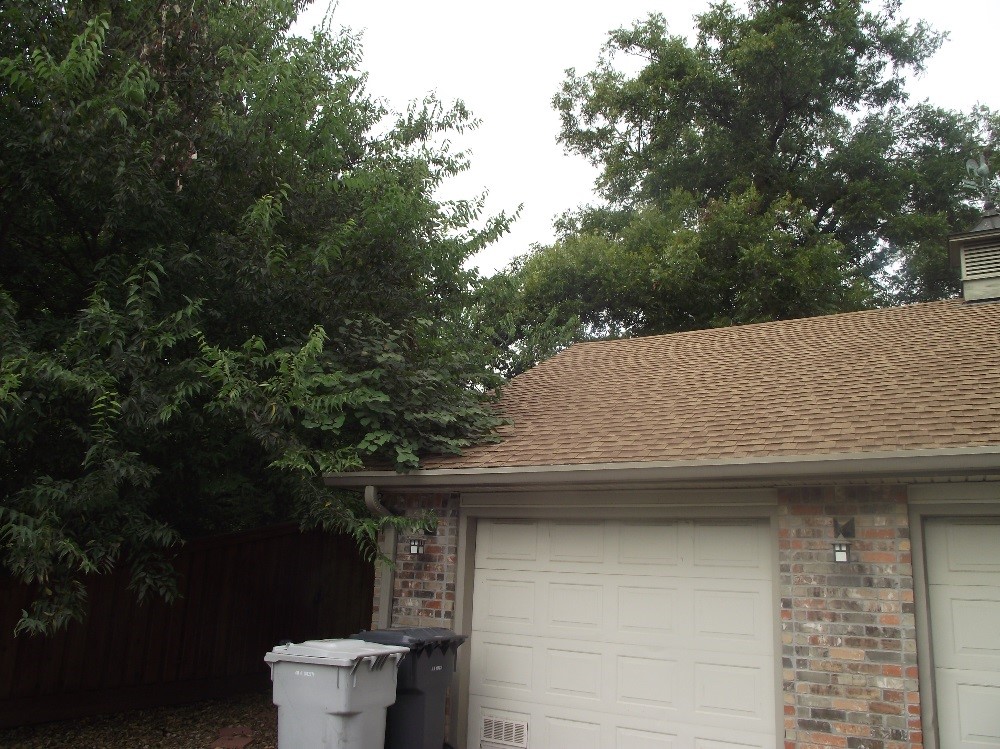|
0 Comments
|
AuthorMatthew Lutz is a seasoned inspector with over 30 years in HVAC, construction and firefighting. a 29 year veteran of the Navy Reserve he retired in 2009 as a CWO3. Archives
October 2020
Categories |


 RSS Feed
RSS Feed
